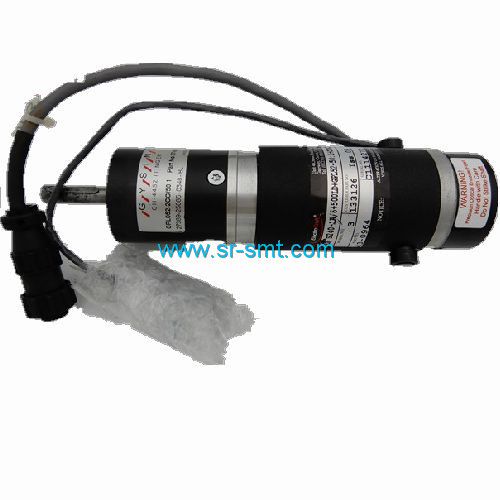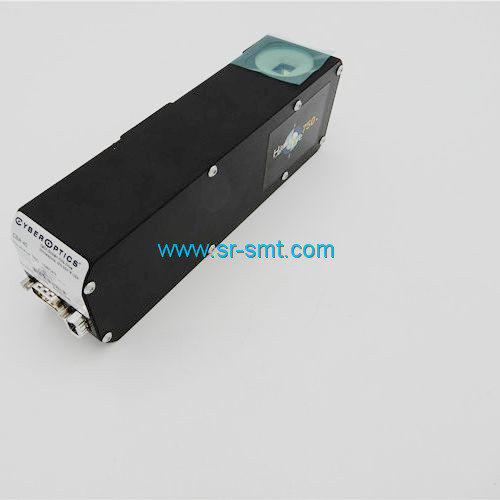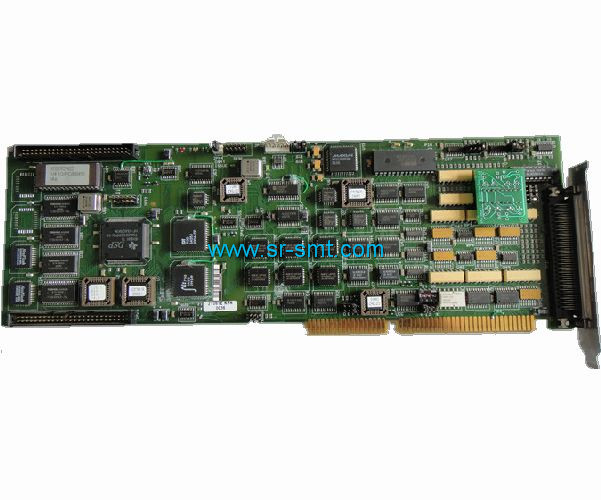The US Department of Energy's 2009 Smart Grid Report specifically states that smart meters are the foundation of smart grids. It not only provides power companies and consumers with information on electricity usage and electricity usage, but also captures market electricity usage, helps coordinate the operation of electrical equipment and adjusts energy consumption.
If this successful advanced measurement technology and related services cannot be provided to each household in a broad and in-depth manner, the gap between energy supply and demand will be widened, thereby weakening the efficiency of the smart grid infrastructure and jeopardizing the public interest. On the other hand, according to Tom Kuhn, president of the Edison Electric Society, the successful development of advanced metering systems requires new communication solutions and encryption technologies to take advantage of a new generation of highly reliable, highly secure low-cost smart meter integration solutions. One of the major challenges facing smart grid development is cost. According to incomplete statistics, power companies spend up to $27 billion on advanced metering equipment.
In the smart grid, even the most important factor for consumers of electric energy is a factor that needs attention in the design. The challenge here is to change consumers' consumption habits and attitudes, to help consumers use electricity selectively and selectively by improving the transparency and interoperability of important information, and to fully understand the benefits of reasonable “choiceâ€. Fortunately, the energy crisis has led people to focus on energy efficiency issues, and various industries have begun to participate in the development of energy efficient products, as well as the development of consumer-oriented energy management and automation products such as smart devices, Internet portals and similar services. Therefore, this is also the trend of the times. Globally, only 6% of the 1.6 billion meters currently installed are smart meters with two-way communication capabilities.
Driven by dynamic price information or other economic benefits, consumers are beginning to favor “smart devices†that can help reduce and adjust energy consumption. Price information is not necessarily obtained through a dedicated smart meter, but can also be transmitted via a user Internet device such as a broadband router/gateway. For power companies and their users, the two transmission channels have their own advantages and disadvantages, and need to balance information security (privacy), network security, and interoperability and commercial mobility between various devices. The most basic requirement is that the two technologies can work alone or together. At present, the main focus is on the effectiveness of smart devices. Devices that integrate smart meters and dynamic price adjustment architectures can give clearer results, significantly reducing peak power usage, and thus effectively reducing energy costs. Most of the initial work is based on a simple decision algorithm that allows for more efficient control of the device's run/close status based on the received price information. State control can also be based on more details, such as the categorization of the device, where consumers can more flexibly manipulate the use of electrical energy and make more informed choices. This work is still in the development stage and depends largely on the consumer's cost-effectiveness requirements for measuring equipment.
Some major meter manufacturers have begun to develop smart products, a move that is not only driven by the federal incentive fund program, but also by consumers looking to participate and demanding greater transparency. From the power company's point of view, if this transparency is enhanced, consumers can better understand the true cost of running the equipment, develop good electricity habits, or rely on advanced systems (such as those created by Microsoft and Google). And reduce equipment energy consumption, reduce related costs, in any respect, this is a win-win result. The design of complex products requires attention to issues such as reliability, cost, and tailoring flexibility. Therefore, semiconductor products for energy measurement are no longer simply accumulating energy as in the first generation, but have a stronger function.
Development process
Even with the support of $400 million in incentive funds in 2010, development costs are still a barrier to the development process for small and medium-sized power companies. The increase in the cost of smart meter hardware increases the risk of return on investment. These costs are primarily related to a complex set of communication-related functional devices such as data storage, encryption, multiple-encrypted two-way communication capabilities to connect to the grid and home appliances, and remote relays and additional printed circuit board (PCB) disconnect states. Display. In addition, if the work of these new products cannot be successfully demonstrated to the public, it is difficult to get public support and understanding.
Another added cost is the lack of sufficient programmability of these systems, the difficulty of upgrading products, and the inability to meet the security and interoperability requirements of smart grid development in the future. With these factors in mind, it is necessary to embed larger amounts of memory and more powerful communication functions in the design for security reasons, which goes far beyond the recent use requirements and of course increases system cost.
No one hopes that after the equipment is introduced to the market on a large scale, it is quickly found that due to insufficient understanding of the development process of smart electricity, the products are defective and quickly eliminated by the market. The sloppy introduction of less mature products to the market will inevitably lead to frequent replacement of basic equipment, which will bring extremely high operating costs to the power sector and cause great waste. The more serious design challenges people face should be the short life and low reliability of these complex electrical infrastructures. Compared to older, simple devices more than two decades ago, the new device contains more components and interconnects, which can easily lead to frequent replacement of the device.
Semiconductor device design considerations
Residential electric meters began to adopt the history of semiconductor technology on a large scale, and also reflected the problem of product working life. This technology began more than a decade ago. At present, about 85% of the world's new meters, about 85% of the meters use semiconductor technology, and the rest are traditional mechanical puller meters.
In 2004, I visited one of the factories at ECE Industrial Equipment Co., Ltd. in Hyderabad, India, which used to be a prosperous mechanical meter manufacturer, using the technology introduced from the German metrology company, with a maximum annual output of 800. Million sets. This important industrial factory is located in a beautiful garden oasis. It is worth mentioning that many Bollywood classics have been filmed here. But when I visited this factory, it was already "people going to the building", some idle equipment was piled up, and my guide (who used to be the foreman in this factory) sadly explained to me that due to advanced tampering With the rapid development of functional low-cost semiconductor meters, the plant is already completely out of production.
At that time, China also introduced the first generation of surface mount metering ASICs with integrated analog-to-digital converters. The device converts the product of voltage and current into digital pulse output, and the pulse signal is sent to the kWh counter for metering. . This generation of products played an important role in the development of the emerging meter industry under the circumstances of high demand for electrical equipment and basic electricity metering. Many local OEMs have adopted this technology in consideration of low-cost PCB manufacturing processes.
As the power industry shifts from the traditional basic rate management system to the market-oriented competition mechanism, it drives the second change in the metering structure. As power companies began to introduce time-sharing billing systems, devices such as automatic meter reading (AMR), microcontrollers, radio communications, LCDs, and real-time clocks (RTCs) were added, and these devices were integrated into metering ASICs (also known as analog front ends). Or AFE), which promotes the application of multi-chip standardization schemes in residential meter design.
Special application and metering requirements often require higher design levels. As the demand in the power industry changes and the globalization of design standards, coupled with the design challenges of complex electronic system integration, it has become a global high-end supplier to enter the industry. The threshold also greatly reduces the number of professional manufacturers. The increasing importance of adding basic communication functions to metering equipment has further exacerbated this trend. Of course, not all suppliers around the world are experiencing this turning point at the same time.
The advantages of smart grid
When IC suppliers realized that in order to meet the needs of a large number of meter OEMs in order to meet the mass production of low-cost, high-complexity and high-reliability products in a shorter period of time, IC suppliers began to introduce heights around 2003. Integrated dedicated system-on-a-chip (SoC) products. The system-on-chip integrates common modules such as AFEs, RTCs, LCD drivers, and MCUs, and improves reliability, flexibility, and measurement performance, enabling OEMs around the world to develop reliable, low-cost meters faster. With a single-chip SoC and a communication module, you can quickly meet the basic requirements of a dedicated power industry.
The introduction of the smart grid concept and the increasing requirements of the power industry standards require more memory, security and communication functions in smart grid applications. This requires more digital circuits to be integrated into the device, and the integration level is increasing according to Moore's Law. The development of semiconductor manufacturing processes is also responsive to this application. This is a classic example of the value of semiconductor process development, which has accelerated the revolution in the metrology industry.
All of spare parts are original and new or used, will be checked before delivery.
The biggest advantage of DEK printer is simple and stable for operating.
The following factors will be considered when you choose the printer:
the product to be printed, the product area,the process,the product classification,the equipment classification and the price.
Smt Spare Part
Printer Spare Parts
SMT Machine Dek Printer Spare Parts
SMT Juki Belt
SMT Conveyor Belt
SMT Camera
SMT Laser
Camera For SMT



DEK Printer Spare Parts
Printer Spare Parts,Dek Printer Spare Parts,Dek Smt Spare Parts,Smt Machine Dek Printer Spare Parts
Shenzhen Srisung Technology Co.,Limited , http://www.sr-smt.com
